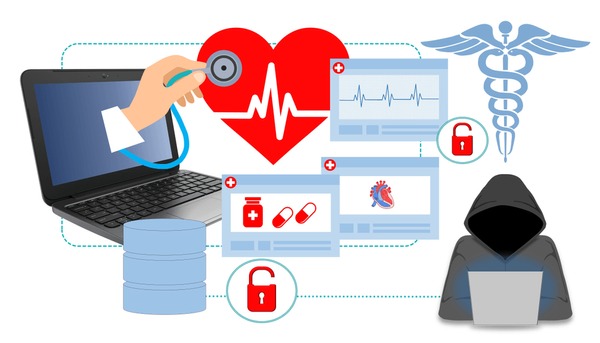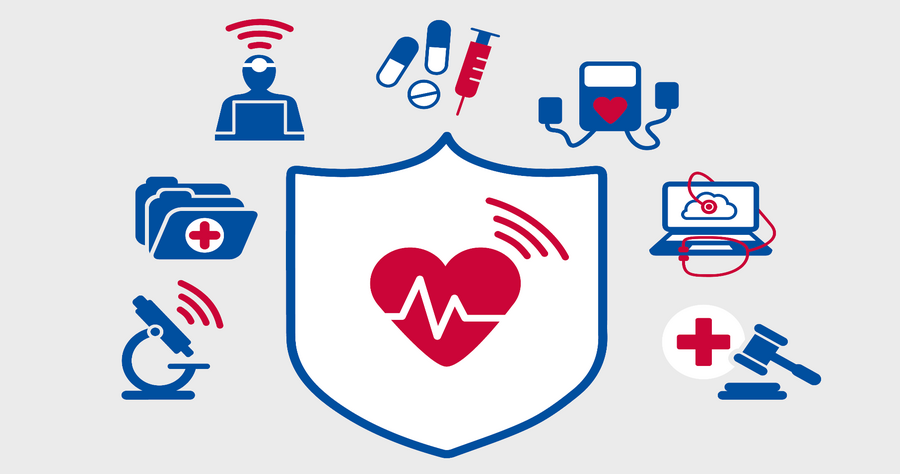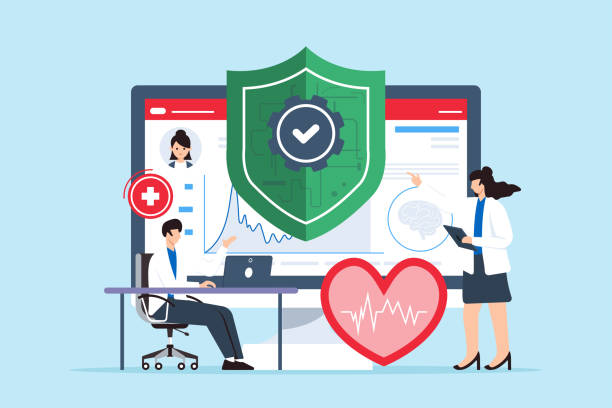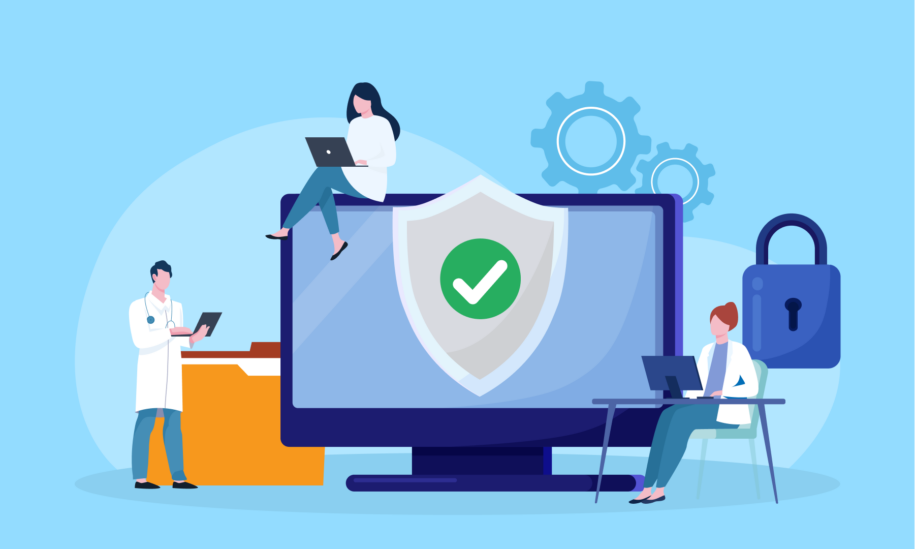In today’s healthcare ecosystem, where data is often described as the new oil, the stakes for cybersecurity couldn’t be higher. With the rise of AI-powered solutions, the industry has found innovative ways to strengthen its defense mechanisms. But as much as these technologies offer opportunities, they also present new vulnerabilities. A look at LAPSUS$—the cybercrime group behind some of 2022’s most audacious attacks—provides valuable insights into the challenges and opportunities that lie ahead for AI-powered cybersecurity in healthcare.
The Stakes in Healthcare Cybersecurity
Healthcare organizations are prime targets for cyberattacks. They store vast amounts of sensitive data, including patient records, research data, and financial information. Breaches can lead to financial losses, operational downtime, and, most critically, jeopardize patient safety. In this high-stakes environment, AI technologies are being deployed to detect threats, predict vulnerabilities, and automate responses to cyber incidents.
However, the LAPSUS$ case demonstrates that no technology, no matter how sophisticated, is entirely immune to exploitation. Understanding their methods offers valuable lessons for healthcare organizations looking to enhance AI-powered cybersecurity systems.

Case Study: Lessons from LAPSUS$ for AI-Driven Defenses
In 2022, the LAPSUS$ group executed a string of high-profile cyberattacks targeting companies like NVIDIA, Microsoft, and Uber. Their tactics ranged from SIM swapping and MFA fatigue to insider bribery and social engineering—methods that AI alone might struggle to combat without human oversight and robust protocols.
How LAPSUS$ Breached the Defenses
One of LAPSUS$’s signature moves was exploiting multi-factor authentication (MFA) through relentless “MFA fatigue” attacks. By bombarding employees with repeated login prompts, they wore down their targets, who ultimately approved access. In another case, they bribed insiders to hand over sensitive credentials, bypassing technological barriers altogether.
This highlights a critical challenge for AI-powered cybersecurity: humans are often the weakest link.
“Technology can build the walls, but awareness fortifies them. In the end, cybersecurity is a shared responsibility between machines and humans.” – Afeez. I
Integrating AI: Challenges and Opportunities
Challenges
- Adapting to Social Engineering
AI excels at analyzing data patterns but struggles with the nuanced tactics of social engineering. Attackers like LAPSUS$ manipulate emotions—such as urgency or fear—to trick individuals into granting access. - Over-reliance on AI
Healthcare organizations sometimes rely heavily on AI for security, assuming it can cover all bases. However, as LAPSUS$ demonstrated, methods like insider bribery can sidestep even the most advanced AI systems. - MFA Vulnerabilities
AI might flag unusual login behavior, but it cannot prevent MFA fatigue attacks or SIM swapping without integrating more secure authentication methods, such as hardware tokens.
Opportunities
Enhanced Data Encryption
AI algorithms can dynamically adjust encryption protocols to counteract evolving threats, safeguarding sensitive healthcare data.
Predictive Threat Analysis
AI-powered systems can predict and flag vulnerabilities before they are exploited. For example, by analyzing employee behavior, AI could detect patterns that indicate susceptibility to social engineering or insider threats.
Rapid Incident Response
AI enables faster detection and response to breaches. For instance, during the LAPSUS$ attack on Microsoft, the company used automated monitoring tools to identify and stop data exfiltration in real-time.

Actionable Strategies for Healthcare Organizations
Continuous Monitoring and Threat Hunting
AI systems should not only react to attacks but also actively monitor for potential breaches. Integrating threat intelligence with AI can provide a proactive defense layer.
Human-AI Collaboration
Combine AI tools with robust employee training programs to mitigate social engineering risks. Employees should learn to recognize phishing attempts, MFA fatigue tactics, and suspicious insider behavior.
Advanced MFA Solutions
Adopt hardware-based MFA tokens or app-generated codes that are harder to intercept or misuse, addressing vulnerabilities exploited by groups like LAPSUS$.
Supply Chain Vigilance
Evaluate the cybersecurity practices of vendors and partners, ensuring third-party access points do not become entryways for attackers.
A Vision for the Future
The healthcare sector cannot afford to view AI as a panacea for cybersecurity threats. Instead, it must be seen as a critical component of a broader strategy that includes employee training, advanced protocols, and ongoing vigilance. The story of LAPSUS$ serves as a stark reminder: the most sophisticated tools are only as strong as the people who use them.
By learning from these real-world cyberattacks and integrating AI thoughtfully, the healthcare industry can not only protect its data but also ensure that innovation continues to thrive in a secure environment.

Conclusion
AI cybersecurity is revolutionizing healthcare by enhancing data protection, streamlining operations, and safeguarding patient trust. With cyber threats on the rise, adopting AI-driven security solutions is not just a choice but a necessity. By leveraging cutting-edge technology and expert guidance, healthcare organizations can ensure robust security measures while maintaining compliance and operational efficiency. Don’t wait for a breach to act—start strengthening your cybersecurity today.
FAQs
1. What is AI cybersecurity in healthcare?
AI cybersecurity in healthcare involves using artificial intelligence to detect, prevent, and respond to cyber threats targeting sensitive medical data and systems. It leverages machine learning and predictive analytics to enhance security measures.
2. How does AI improve cybersecurity in healthcare?
AI improves healthcare cybersecurity by detecting anomalies in real-time, analyzing vast amounts of data for potential threats, and automating responses to mitigate risks faster than traditional methods.
3. Why is cybersecurity important for healthcare organizations?
Healthcare organizations handle sensitive patient data, making them prime targets for cyberattacks. Strong cybersecurity measures protect this data, ensure regulatory compliance, and maintain patient trust.
4. Are AI-driven cybersecurity solutions expensive?
The cost varies depending on the solution and scale of implementation, but AI systems often prove cost-effective in the long run by preventing data breaches and minimizing downtime.
5. How can I get started with AI cybersecurity for my healthcare organization?
Begin by consulting an expert who can assess your current cybersecurity framework, recommend AI-driven tools tailored to your needs, and guide implementation.
6. Does AI cybersecurity comply with healthcare regulations like HIPAA?
Yes, most AI cybersecurity solutions are designed to comply with healthcare-specific regulations like HIPAA, ensuring both security and legal compliance.
7. Can AI completely eliminate cyber threats?
While AI significantly reduces risks and improves detection, no system can guarantee 100% protection. It is most effective when combined with strong policies, staff training, and other cybersecurity measures.


Leave a Reply